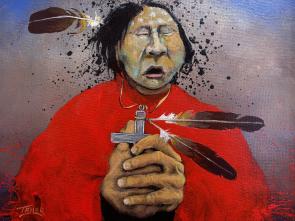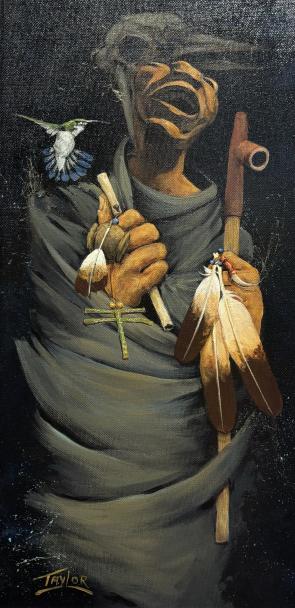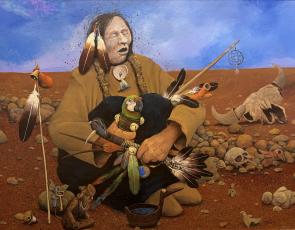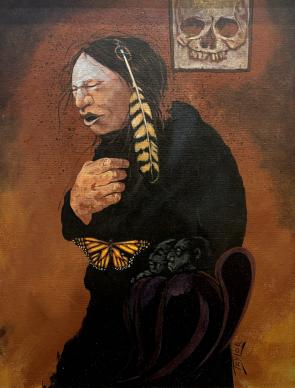Robert Taylor was born in Tulsa, Oklahoma, in 1951 and lived there his entire life, other than his time in the Navy starting in 1970. Some of Taylor’s earliest inspiration came from his family. His maternal grandfather exposed him to Native traditions by taking him to pow wows and his maternal uncle was a well-known wildlife painter.
Taylor graduated from Will Rogers High School in 1969, where he played baseball and football. He went on a sports scholarship to Central Missouri State in Warrensburg, Missouri for a short time until he was injured during the first semester. He dropped out of Central Missouri State to transfer to the University of Tulsa but was drafted before he completed the move.
Taylor was in the Navy from 1970 to 1972. After he got out of the Navy, Taylor began pursuing art. He began with a more traditional style but was influenced by an exhibition of Paul Pletka’s work as well as John Bigger.
Taylor used universal symbols in his paintings that express similar thoughts from various religious traditions. He also intentionally exaggerates the proportions of hands and feet in his paintings of turn- of-the-century Indians. The enlarged hands symbolize dexterous minds as well as the elevation of the human species among all others. Enlarged feet symbolize that we are bound to the earth physically while our dreams and aspirations are spiritual. He works primarily with watercolors, acrylics, pen and ink, and prints.
Taylor’s definition of art is open-ended. He considers himself a door maker. If he decorates the door right, someone will stop and open it. Where it leads them is what art is, not what he constructed.

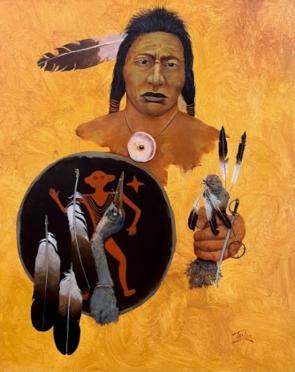
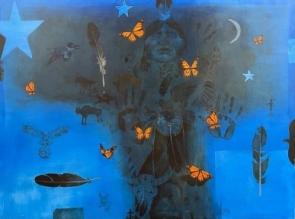
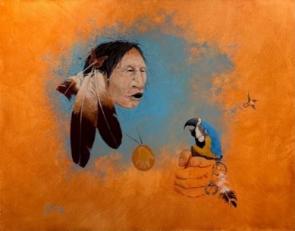
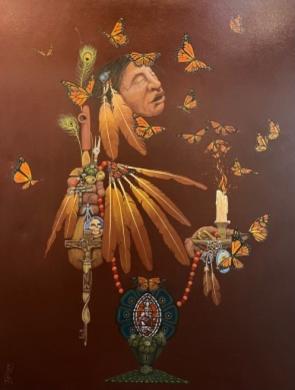
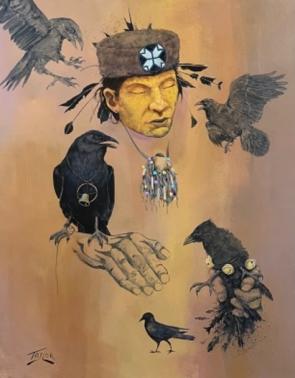
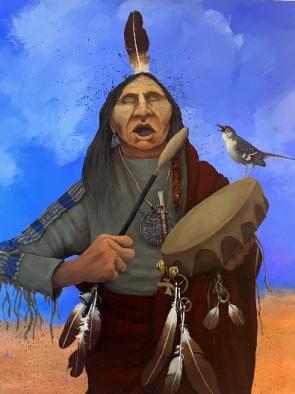
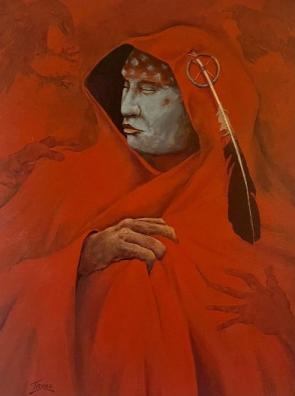
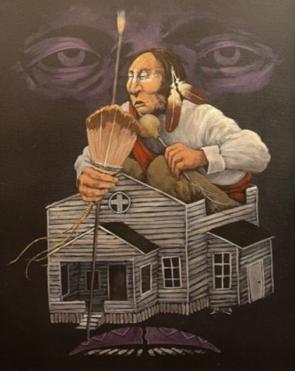
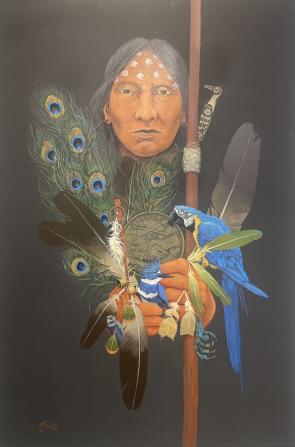
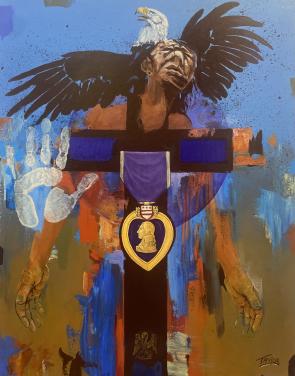
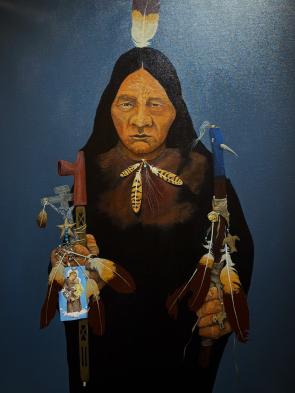
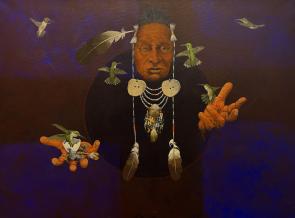
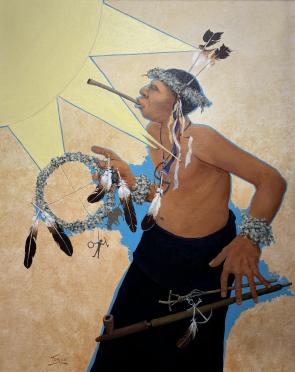
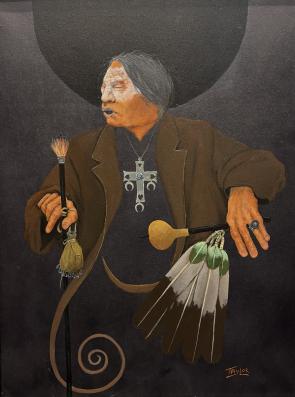
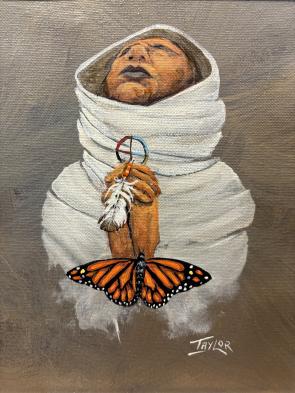
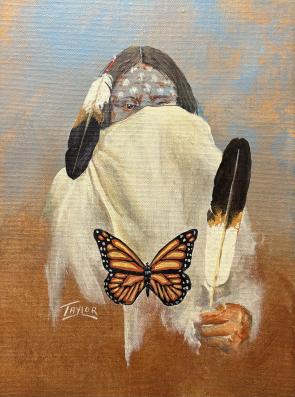
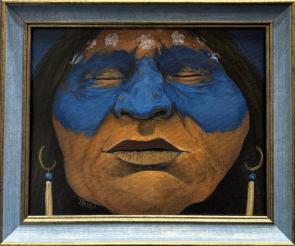
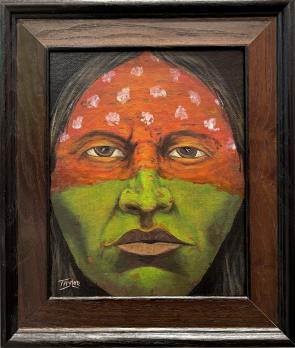
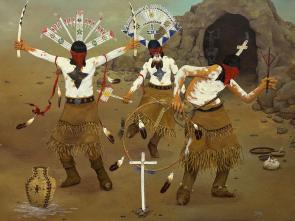
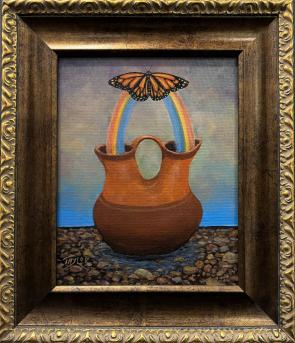
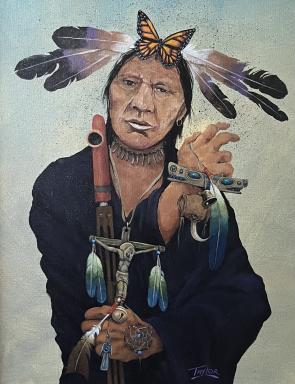
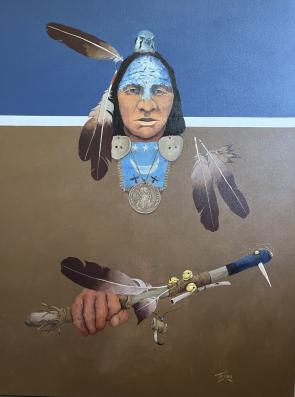

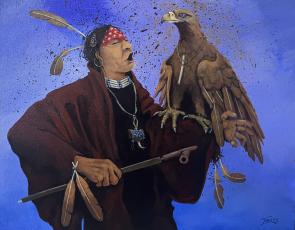
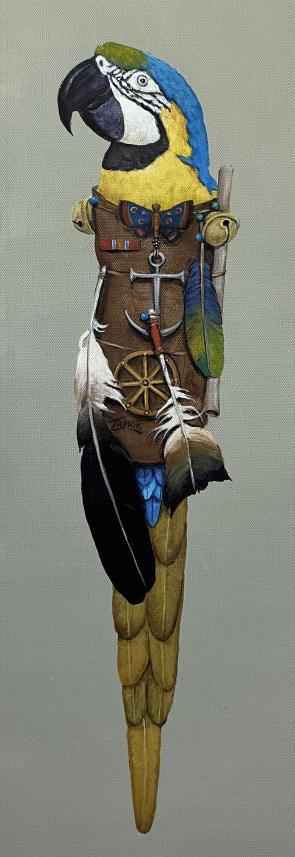
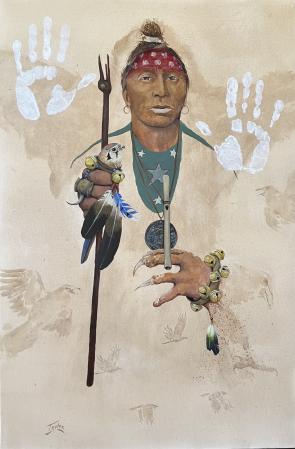
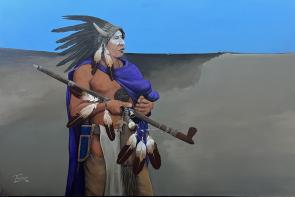
.jpeg)
